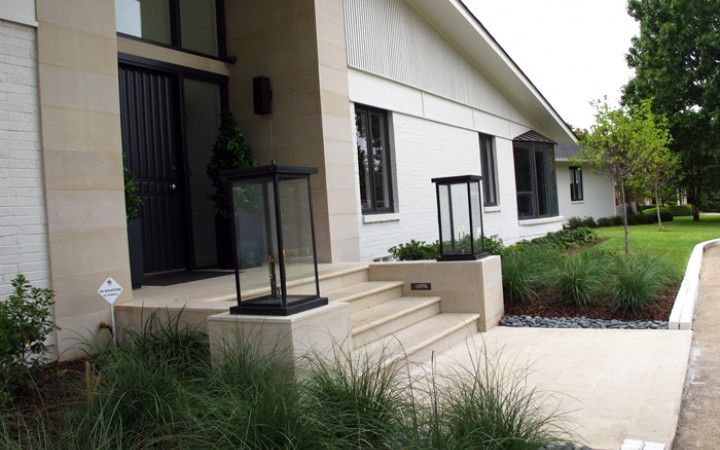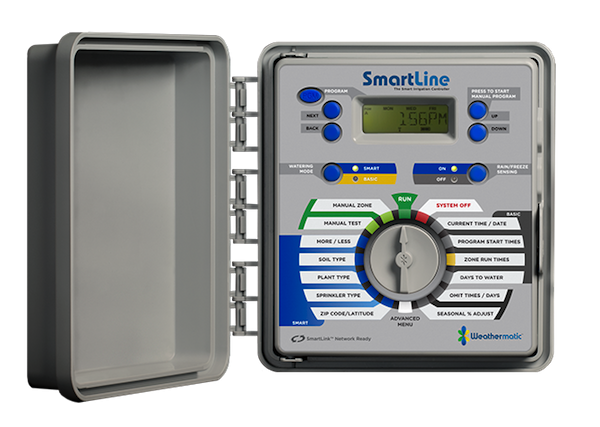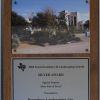New Landscape? Don’t get Tripped Up by These Common Mistakes
February 14, 2017 | By webadmin
So much goes into creating a beautiful garden where you can relax, connect with nature and entertain friends. And keeping up with the ongoing maintenance landscapes need can be tough if you’re doing it all yourself. To speed up a “finished” landscape, or save time on maintenance, you might find yourself taking some shortcuts that can end up costing you in the long run.
Here are a few common landscape pitfalls to avoid.
Fast maintenance isn’t always better...
Power tools make a number of tasks go quickly, but they can also be a speedy way to kill your plants or destroy their looks. While some species of shrubs can tolerate moderate pruning with power trimmers, others can’t tolerate it at all - they must only be hand or tip pruned. One such plant is the tough and versatile Nandina. Nearly every yard in the Dallas area has a couple of these colorful shrubs somewhere. That’s because they are super easy to care for and are very heat and drought tolerant. But take the power trimmers to them and you’ll quickly turn them into a barren block of stalks without many leaves. If you need to reduce the size of your nandinas, use hand pruners to take out the tallest stalks by pruning them all the way back to the base of the plant. This will encourage bushy growth at the bottom of the plant. Texas sage shrubs are another example of plants that don’t tolerate power tools and shouldn’t be sheared. Good maintenance is key to a gorgeous, thriving landscape. Making sure that each plant is pruned the way it should be, rather than the fastest way, is key to keeping plants healthy and beautiful.
__full-width.jpg)
Tough Texas sage has a beautiful shape and stunning purple blooms. When pruned heavily, blooming will stop and it's health is compromised.
Planting too closely
One landscape installation mistake that can make maintenance a big problem in the future is over-planting, or planting things too close together. Squeezing plants into spaces they will soon outgrow is a recipe for excess maintenance or future plant removals. As much as we all love instant gratification, failing to take the long term consequences of your plantings into account means more work down the road. In order to avoid growing a maintenance hassle that needs constant pruning at the risk of the health of your plants, it's helpful to understand the mature size of your choices and give them enough room to do their thing. Urban surroundings already have an abundance of straight lines. Allowing the organic shapes of shrubs and trees to soften the lines of your home by letting them grow naturally reduces the need to for major pruning.

The right amount of specimens for the space leads to a well balanced landscape.
Lonely specimens
The opposite mistake is often seen in newer developments: a single, newly planted deciduous tree all alone in a sea of newly sodded lawn. This one has an a easy solution. Add some botanical friends into the mix! Creating balance in the landscape with plants of different sizes, colors and textures can enhance your home’s architecture and boost your street appeal. But, it's essential to keep in mind how each of the plants will grow and change over time. Remember that as the tree grows, it will shade the others so adaptable options are a wise idea.
Forgetting to adjust your sprinkler systems
Irrigation systems are a wonderful, time-saving tool, but only if you remember to adjust the programming as the weather changes throughout the year. Every season is different and your watering pattern should adapt with heavy rains and periods of drought. The amount of water needed for established plantings is different than what a new planting needs. Additional water is crucial for your new landscape investments for the entire first year. Watering deeply, but infrequently encourages the development of strong root systems that will make your garden thrive and eventually need less from you.

Take your water efficiency to the next level with a Smart Controller.
If you’re looking for a smarter way to water, be sure to check out smart irrigation controllers. When installed with a new drip irrigation system, or placed with an existing irrigation system, smart controllers can be programed to adapt to both weather changes and the different types of plants you have in different parts of your landscape. Add the wireless monitoring option and you can even control it from your smart phone!
If some of these mistakes sound familiar to you, we can work with you to design a plan for a thriving landscape that enhances the value of your home and your life.
